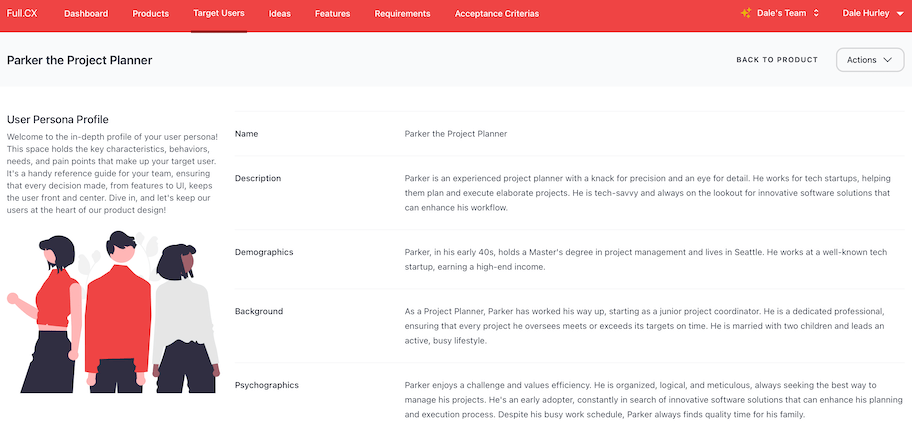In the rapidly changing landscape of modern business, the roles of Chief Product Officer (CPO) and Chief Technology Officer (CTO) have become increasingly crucial. These executives play pivotal roles in ensuring that their organizations not only survive but thrive in today’s competitive market. This blog post explores how CPOs and CTOs drive business success through their strategic actions and leadership.
The Chief Product Officer, typically responsible for all product-related matters, oversees product management, development, and innovation. This role involves a deep understanding of market needs, customer engagement, and aligning product development with business strategy. A CPO ensures that the product offerings not only meet current customer needs but also anticipate future trends and demands. For instance, in the tech industry, a CPO’s leadership in adopting AI-driven functionalities into products can significantly enhance user experience and efficiency, thereby driving increased customer satisfaction and business growth.
On the other hand, the Chief Technology Officer focuses on the technological infrastructure of a company. This role is not just about managing current technology but also about foreseeing technological trends and positioning the company to leverage these trends to its advantage. A CTO must ensure that the technological resources align with the overarching goals of the company. For example, in e-commerce, a CTO’s strategic decision to invest in scalable cloud infrastructure can prepare a company for unexpected surges in online shopping, ensuring stability and responsiveness during critical times.
Both CPOs and CTOs must possess a visionary mindset and the ability to execute complex strategic plans. Their collaboration is often critical, as product iterations and technological advancements must be closely synced. A strong partnership between the CPO and CTO can accelerate product cycles, enhance product features, and ensure that the technological infrastructure can support these changes efficiently.
Moreover, these leaders play a significant role in fostering innovation cultures within their organizations. By encouraging experimentation and risk-taking, they can create an environment where creative ideas are shared, and new opportunities are explored. This culture not only drives product and technological advancements but also attracts top talent who are eager to work in dynamic and forward-thinking settings.
In conclusion, CPOs and CTOs are key drivers of business success in virtually any industry today. Their strategic decisions affect the core competencies of a company and its competitive position. Companies that understand and empower these roles can navigate the complexities of the modern business environment more effectively, achieving sustainability and profitability in their operations. As businesses continue to evolve with technological advancements, the roles of CPO and CTO are expected to become even more intertwined and essential.
Empowering Your Product
Team for Success.
Start using Full.CX today.
Smart tools to streamline your transition from concept to concrete specifications.
